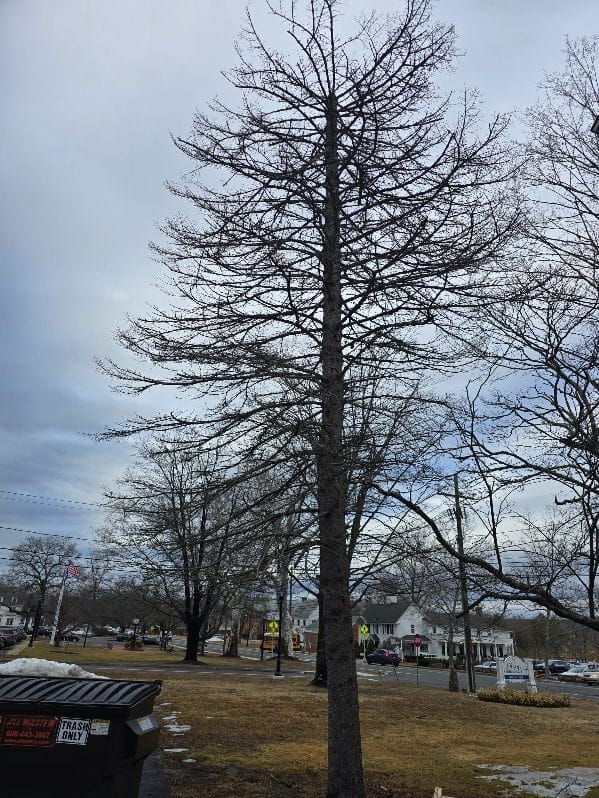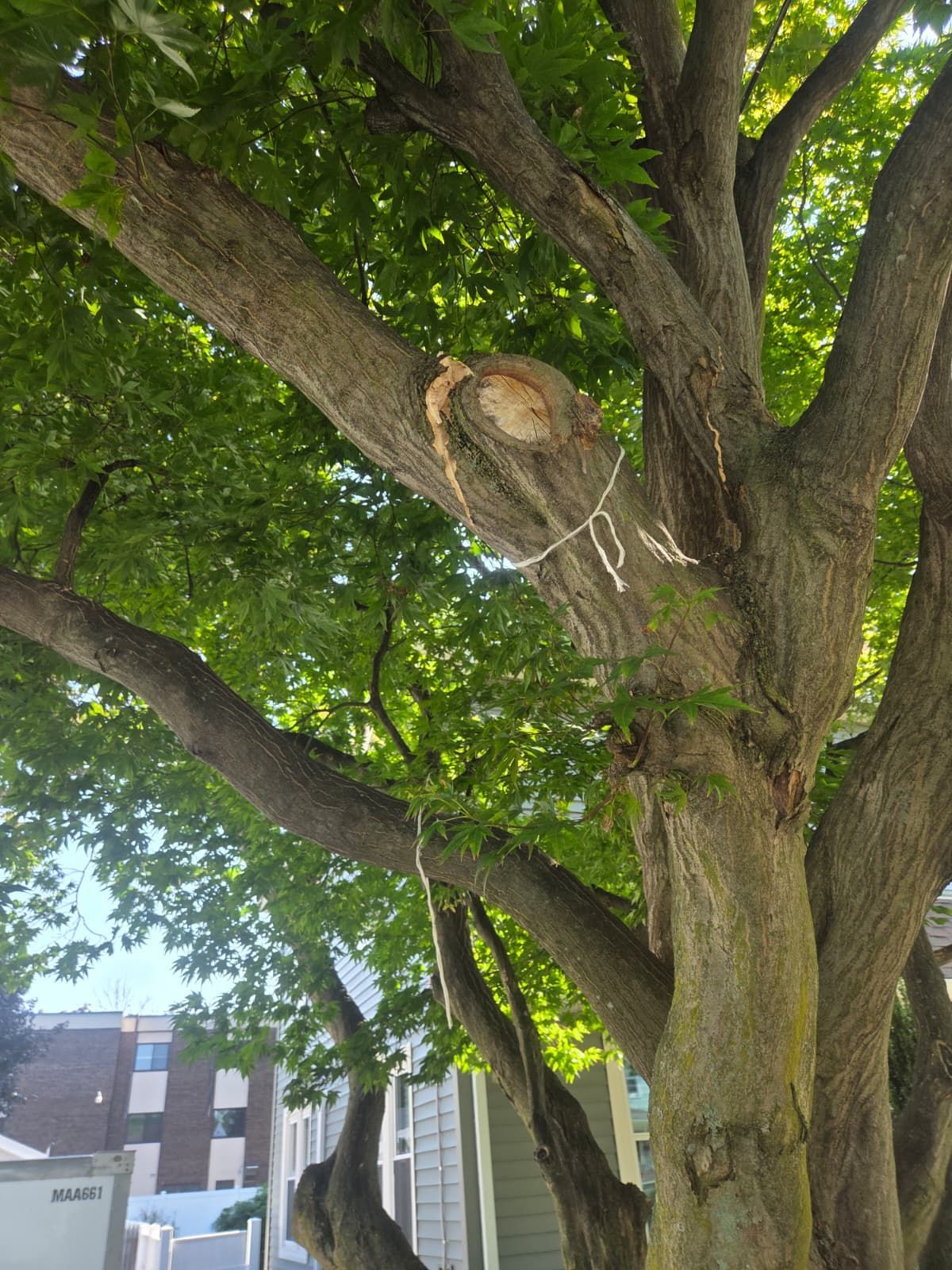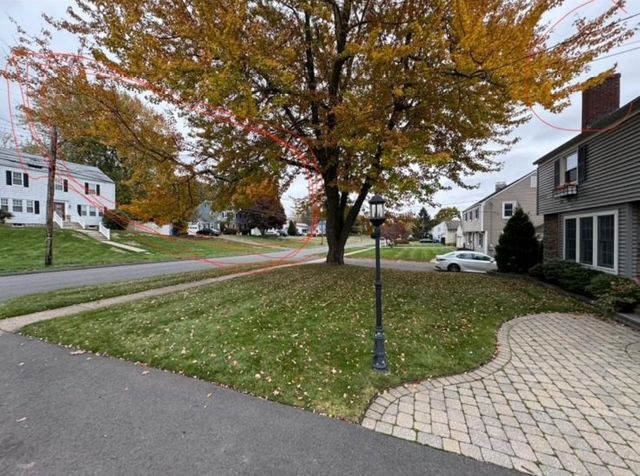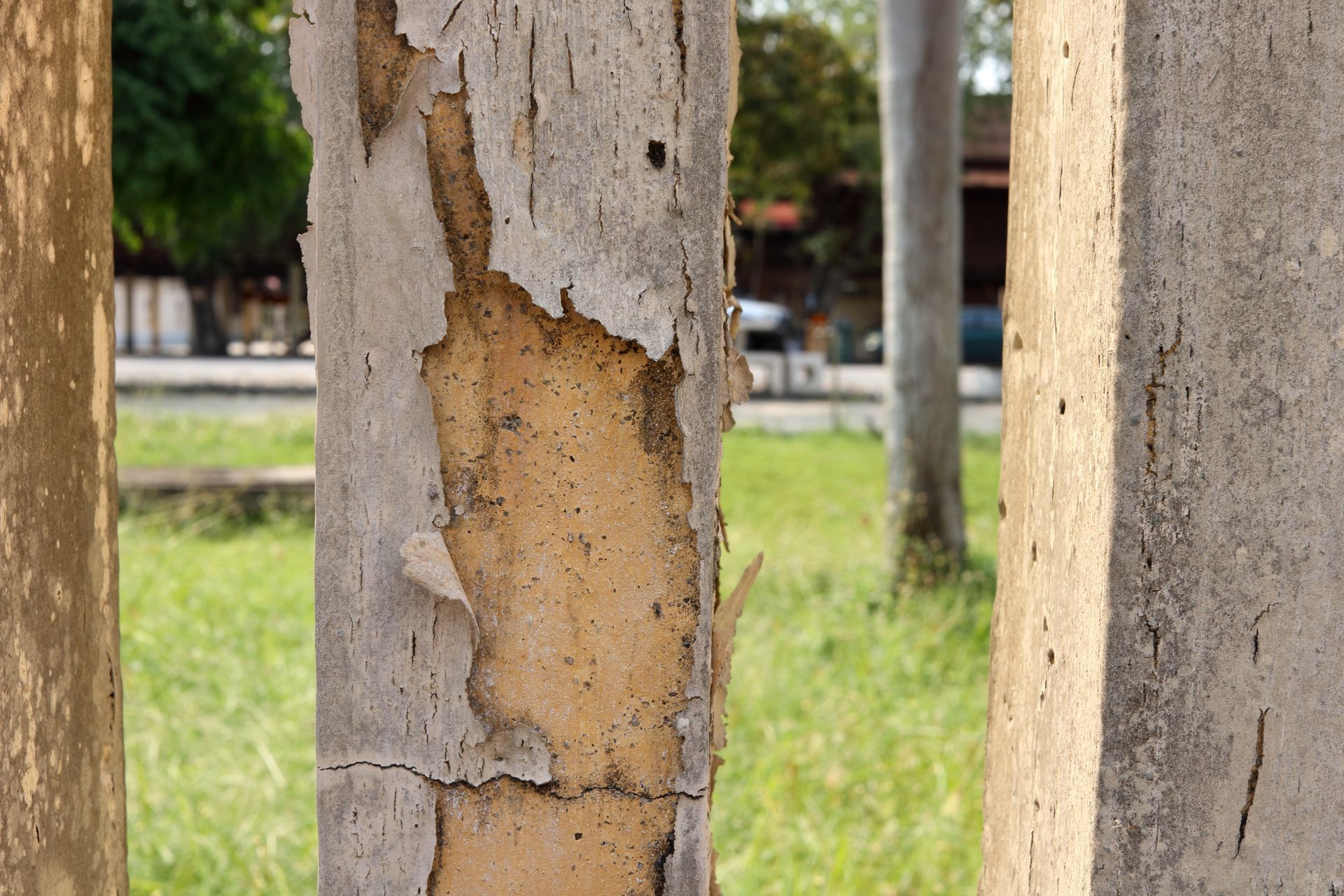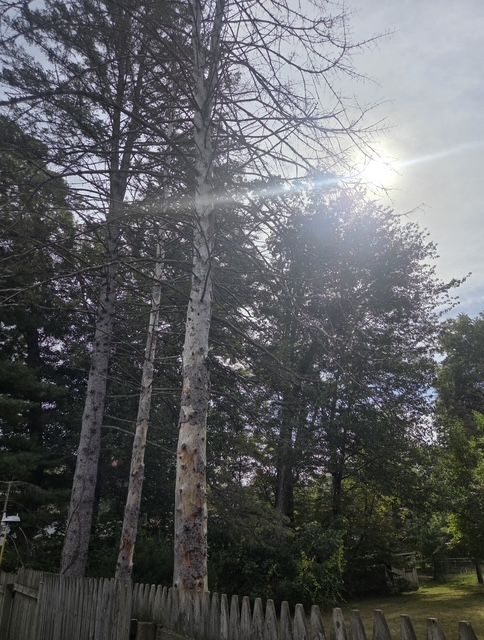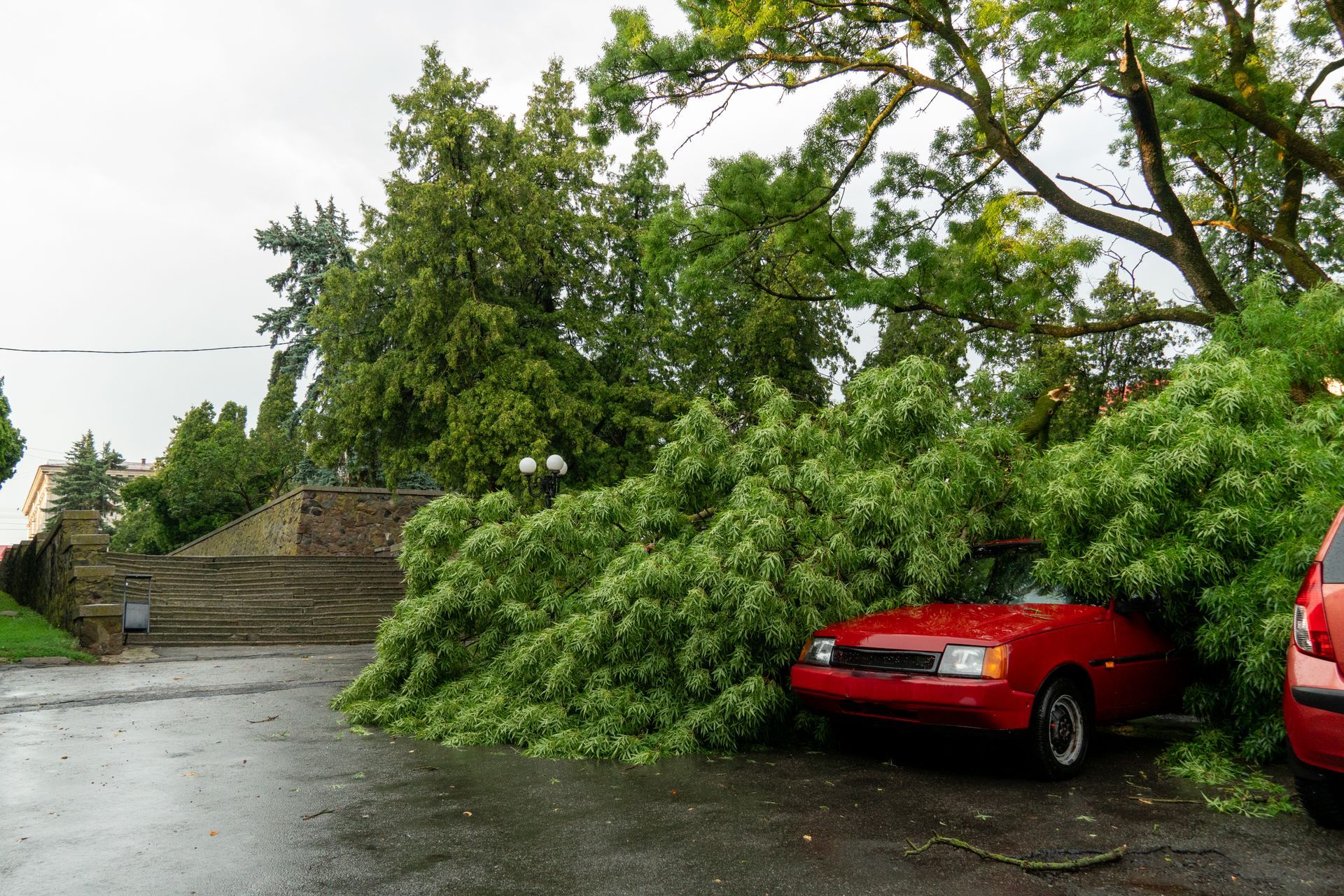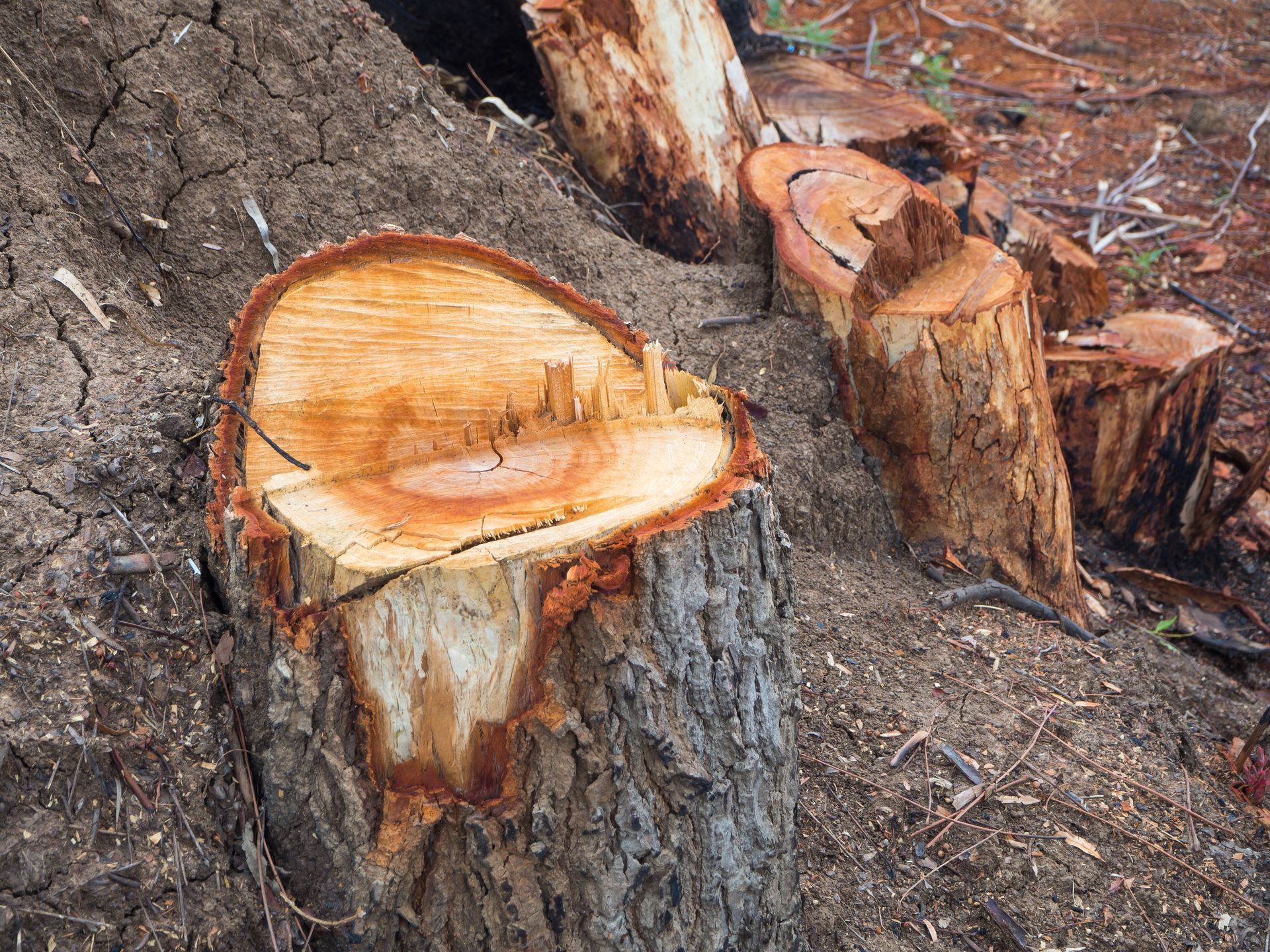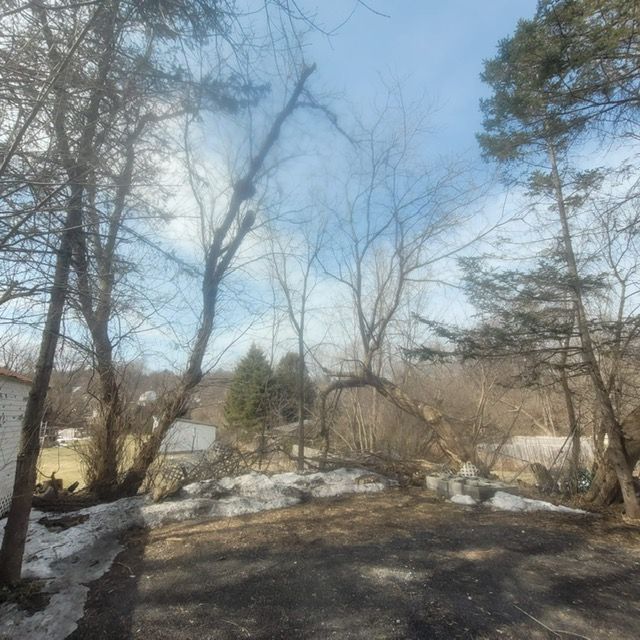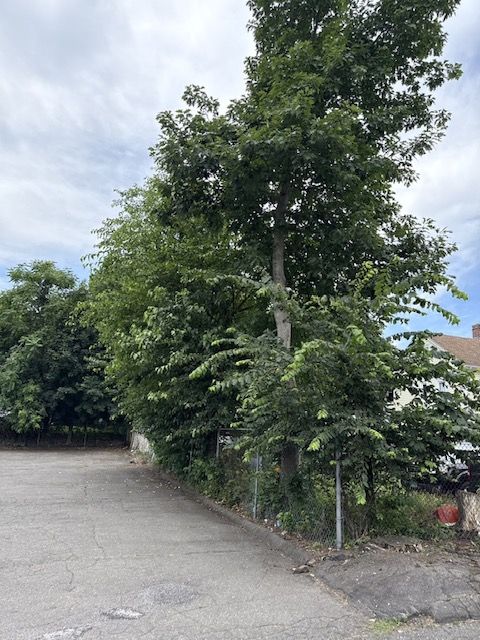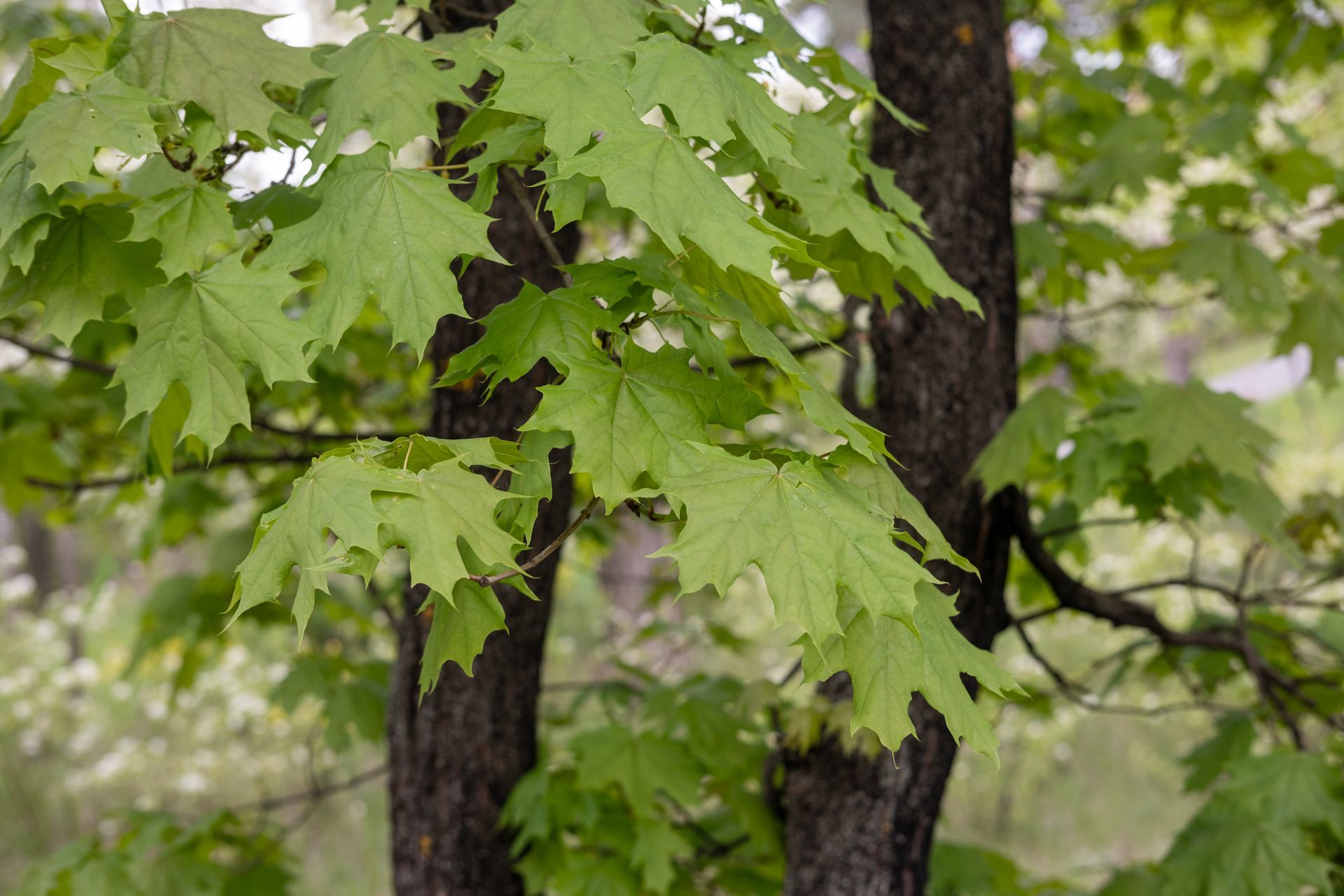Tree Roots vs. Foundations: What Shelton Homeowners Should Know
Tree Roots vs. Foundations: What Shelton Homeowners Should Know
Tree roots can crack foundations, lift sidewalks, and invade underground pipes—especially in older Shelton neighborhoods where large maples, oaks, and pines grow close to homes. If you see cracks, raised soil, or leaning trees, it’s time to have your property inspected by a professional tree service.
Tree roots are nature’s anchors. They stabilize trees, pull in water, and keep our landscapes thriving. But when they grow too close to your house? They can quietly cause thousands in foundation and plumbing damage before you even notice.
Here in Shelton, CT, many older properties are surrounded by mature trees planted decades ago—often too close to driveways, sidewalks, or homes. Over time, those roots expand in search of moisture, pushing through small cracks and shifting the ground below. It’s a slow process—but the results can be serious.
How Tree Roots Affect Your Foundation
Tree roots don’t actually “break” concrete on their own. What they do is displace soil. As roots grow thicker, they push and lift surrounding dirt, which in turn puts pressure on foundation slabs and walkways. Combine that with Shelton’s freeze-thaw cycles, and you’ve got the perfect recipe for cracking and settling.
Common signs your foundation might be feeling the effects:
- Hairline cracks appearing near the base of your walls
- Uneven or sloping floors
- Sidewalk or driveway sections rising or sinking
- Doors or windows suddenly sticking
If you’re noticing these, it’s not just your foundation—it’s a clue that a nearby tree may be the culprit.
Roots and Underground Pipes: The Hidden Problem
Roots naturally chase moisture. That’s why they often target sewer lines, water pipes, and septic systems. Even a small leak in an underground pipe acts like a magnet for roots. Once inside, they can clog or collapse the line completely.
In Shelton’s older neighborhoods, clay or cast-iron pipes are particularly vulnerable. A slow drain might seem minor, but if ignored, it can quickly turn into a major plumbing problem.
Preventing Root Damage Before It Starts
Good news: root damage isn’t inevitable. With the right approach, you can protect both your home and your trees.
Here’s what we recommend:
- Regular tree trimming: Keeps growth balanced and limits how aggressively roots spread.
- Barrier installation: Root barriers redirect growth away from foundations or driveways.
- Proper planting distance: New trees should be planted at least 15–20 feet away from structures, depending on the species.
- Annual inspections: A licensed arborist can spot early warning signs long before damage occurs.
At Shady Shelton Tree Service, we’ve seen what happens when root problems are ignored. Cracked patios, buckled driveways, even a few cases where trees had to be fully removed because they threatened a home’s foundation. It’s always cheaper—and safer—to act early.
What to Do if You Suspect a Problem
If you think roots might be damaging your foundation, don’t panic—but don’t wait either.
We can assess the situation, determine whether trimming, root pruning, or removal is necessary, and ensure it’s handled safely and within Shelton’s local tree regulations.
Sometimes, all it takes is strategic pruning to redirect growth and save both your tree and your foundation.
Final Thoughts
Tree roots are powerful—but they don’t have to be destructive. With a bit of maintenance and the right local expertise, you can keep your trees healthy and your home protected.
If you’re seeing cracks, uneven soil, or suspect root damage near your property, call Shady Shelton Tree Service. We’ve been helping Shelton homeowners handle these issues for years—safely, efficiently, and with your property’s long-term health in mind.
